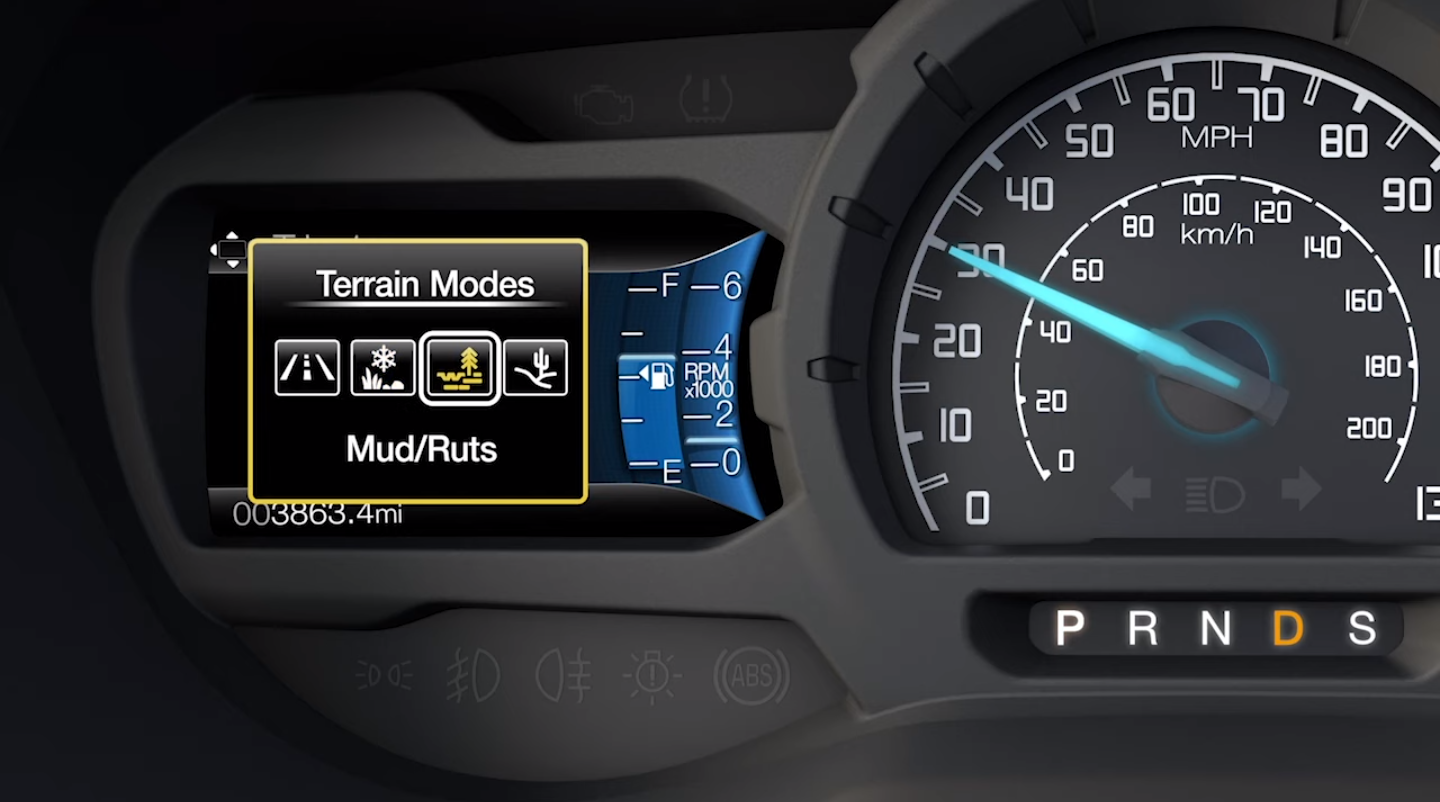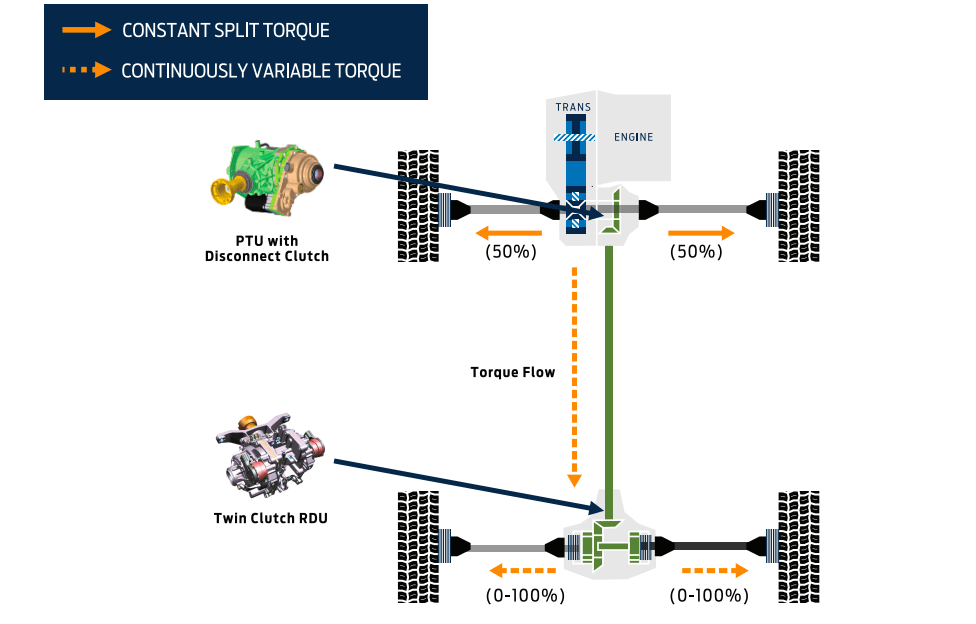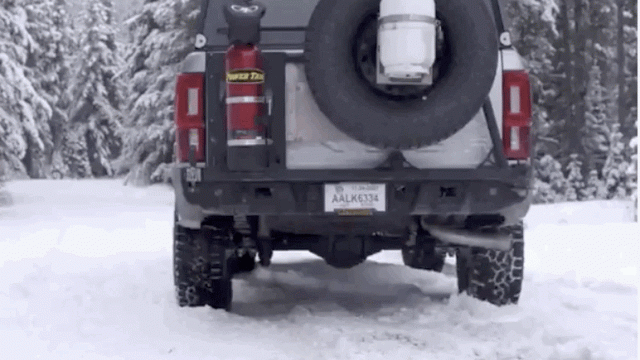Technology like traction control is making cars safer and giving more vehicles greater capability. Now, everyday all-wheel drive crossovers can be decent off-road. Our alum Wes Siler thinks the auto industry doesn’t really do a good job explaining how this tech works, so he put together this excellent demonstration.
Siler begins by explaining how things worked before traction control systems. When things get slippery with a traditional four-wheel drive system, for example when you’re in a mud pit or in deep snow, you’ll likely see that only one wheel on each axle is spinning. Those wheels are the ones with the least traction. Siler’s video sadly cannot be embedded here, but it’s viewable at Outside.
This is usually the work of an open differential. An open differential allows the drive wheels to turn at different speeds. The result of which is great for driving on pavement, where you don’t want to drag your tires through turns. But since open differentials cannot bias torque, they can be a pain off road. Siler demonstrates this with a Ford Ranger spinning one of its rear tires in the snow.
Locking differentials help by locking the wheels of an axle together, making them spin at the same speed. As Siler explains, today’s traction control systems can do something similar. In his demonstration Ranger, he switches on an off-road driving mode and the truck slips out of where it was stuck.

Many of these systems work by applying some braking to the wheel that’s slipping, sending more torque to the wheel with more grip to get the vehicle moving. Others will use a combination of computers and the vehicle’s drivetrain hardware.
The Ford Bronco Sport Badlands, for example, uses a twin-clutch rear drive unit to distribute power to the rear wheels. It has a “differential lock” feature which isn’t actually a differential lock, but clamps the clutches down to simulate a locker.

Siler goes onto explain the advantages of these systems for most people. If you’ve ever driven an old 4×4 before you probably know the quirks of locking differentials. You shouldn’t use them on the road, and just engaging them may require something like driving the truck or SUV in reverse for some distance or rocking it back and forth. And of course, sharp turns can cause binding.
But one of these traction control-based systems? Once you activate them they can work automatically. When I drove the Subaru Forester Wilderness I set my desired X-MODE setting and the car turned it on and off based on speed.
Each system is programmed differently and each level of intervention is different, too. Siler explains that Toyota’s system does all of the hard work for you while Ford’s lets you have some control. Subaru’s is similar, letting you feel in control of the situation.
Now, while these technologies make a greater variety of vehicles more capable, they aren’t magic and cannot replace true mechanical lockers. Likewise, they don’t make up for lack of experience. Don’t send a crossover up a mountain expecting it to off-road for you.
Finally, our David Tracy and reader HammerheadFistpunch put together an epic explainer on how AWD works that encompasses far more than a seven-minute video could. Give that a read!
This article has been updated since publication.
